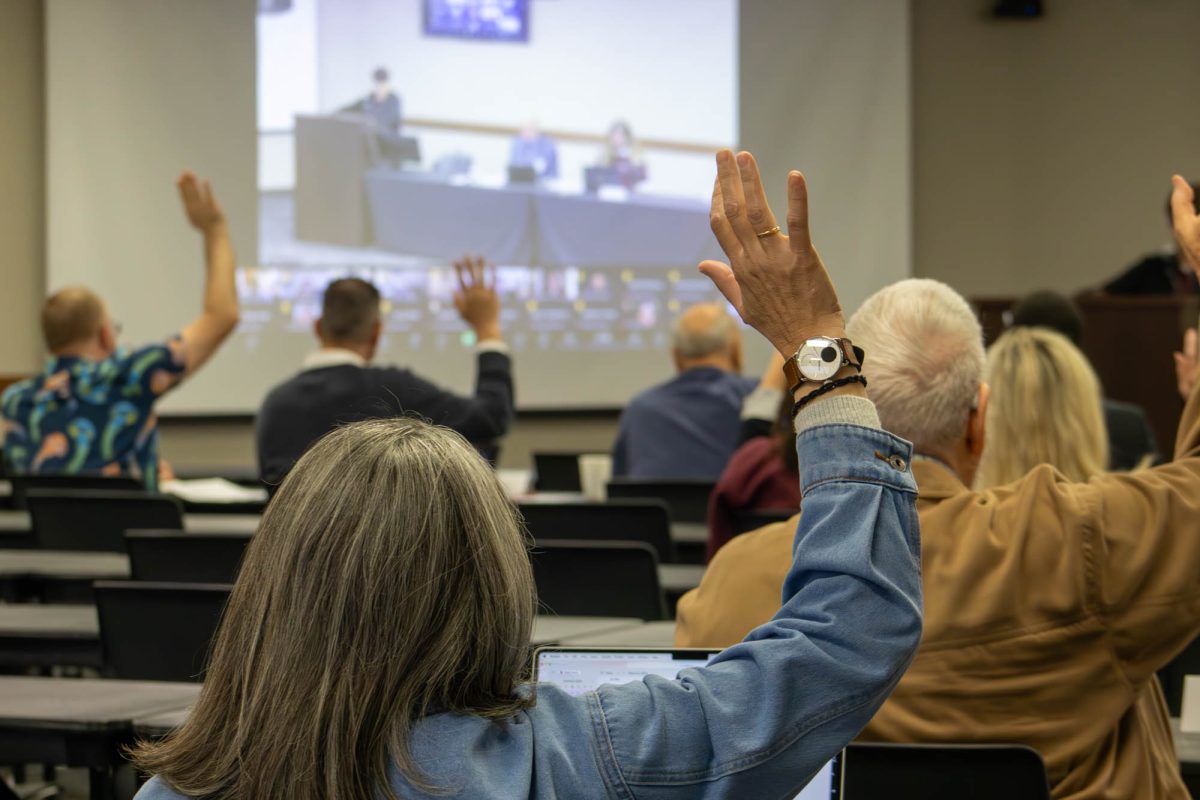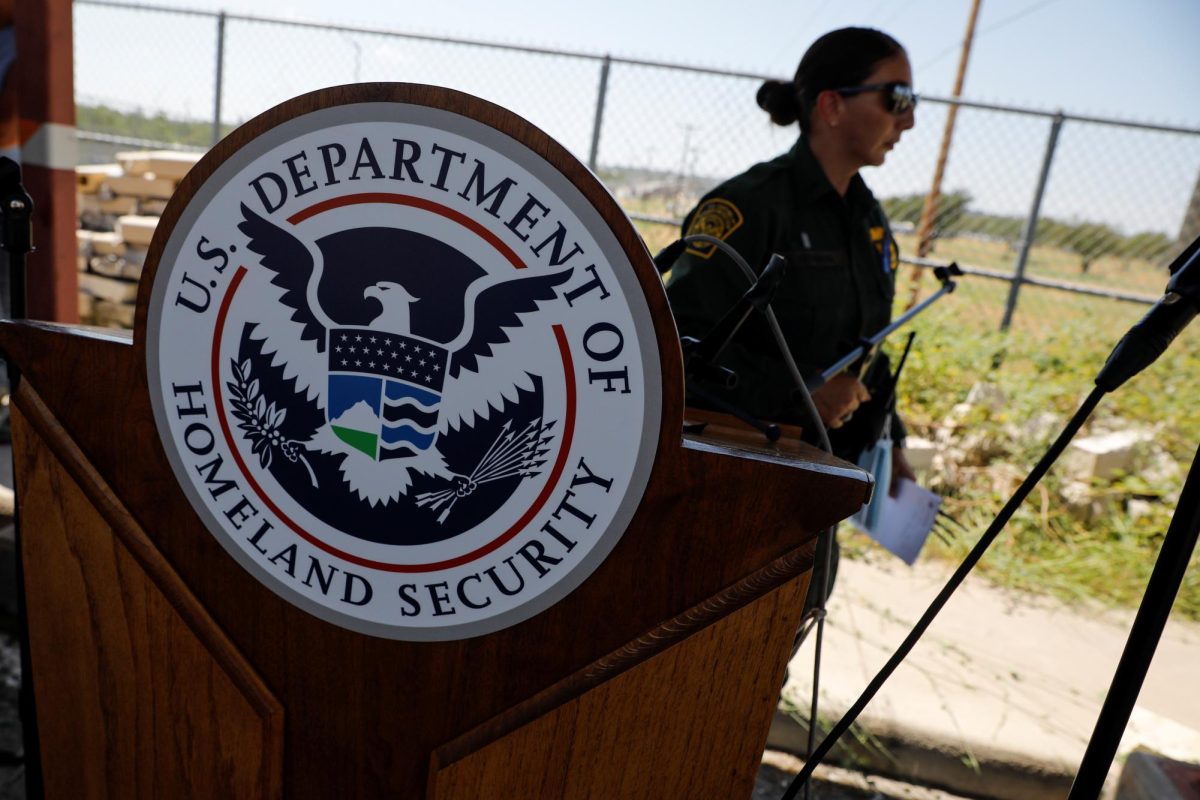The influence of religion on landmarks and meccas across the world will be analyzed during “Sacred Architecture and Architecture of the Sacred,” a lecture hosted by the Department of Architecture.
The lecture will focus mainly on architecture, and specifically how architects view sacred architecture. Furthermore, it will look at how architecture as a practice is itself sacred. Michael J. Crosbie, professor of architecture at the University of Hartford, will speak at the lecture. Crosbie is the chief editor of “Faith & Form,” a magazine that analyzes religious art and architecture, and has written more than 20 books on the subject.
“Students should come to this lecture because it will consider the changing definition of literature and sacredness,” Crosbie said. “It’s changing most quickly among people [their] age. I’ll also talk about new attitudes about religion and organized religion and how they’re influencing new architecture.”
Crosbie said the lecture will have less focus on the buildings themselves and more on the cultural influences that helped shape them. The lecture will relate current religious practices with sacred buildings and building design.
“We will talk about different kinds of religious architecture from different religions and the work of a lot of different architects,” Crosbie said. “It’s also an interesting opportunity for me to talk at a state institution about religion and religious architecture, which is sometimes off limits.”
Crosbie said the lecture will gauge how architects receive the intersection between religion and architecture.
“Religion isn’t what it used to be for a lot of people,” Crosbie said. “A lot of people feel like they don’t understand it like they used to 20 or 30 or 40 years ago. We’ll be looking at the architecture of religions, but also the whole idea of architecture itself as a religion.”
The event will begin at 5:30 p.m. Tuesday in the Langford Architecture Building in room C105 A, and a reception will follow in room C11. The lecture is free and open to the public.








